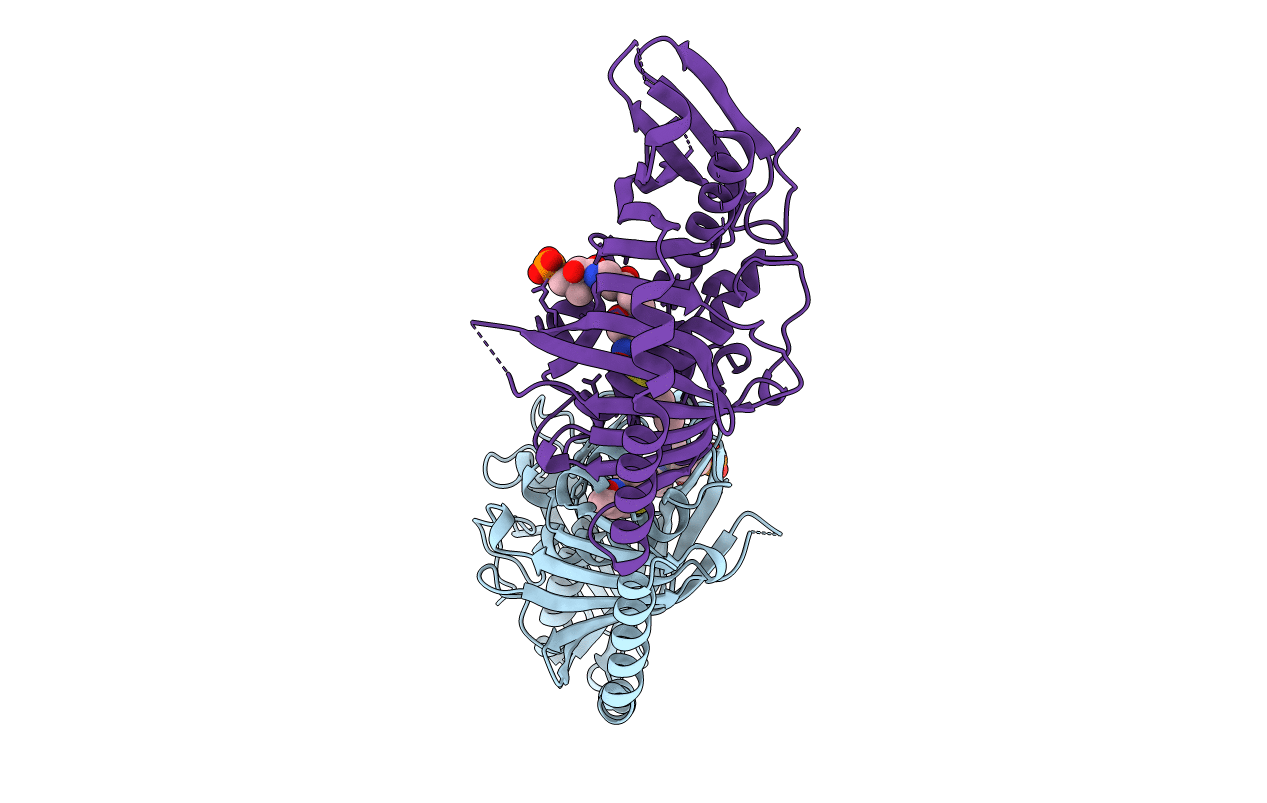
Deposition Date
2016-06-03
Release Date
2017-05-10
Last Version Date
2023-09-27
Entry Detail
PDB ID:
5KBZ
Keywords:
Title:
Structure of the PksA Product Template domain in complex with a phosphopantetheine mimetic
Biological Source:
Source Organism:
Aspergillus parasiticus (Taxon ID: 5067)
Host Organism:
Method Details:
Experimental Method:
Resolution:
1.80 Å
R-Value Free:
0.21
R-Value Work:
0.18
R-Value Observed:
0.19
Space Group:
P 21 21 21


